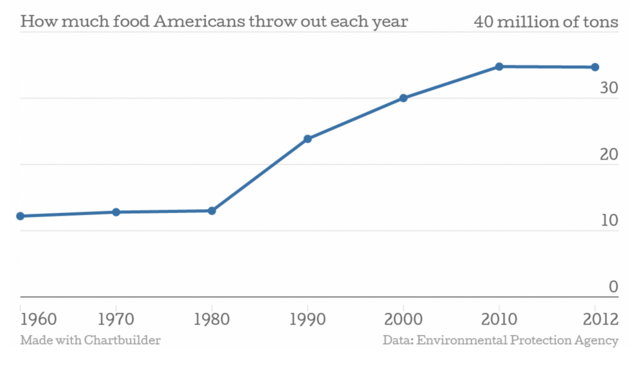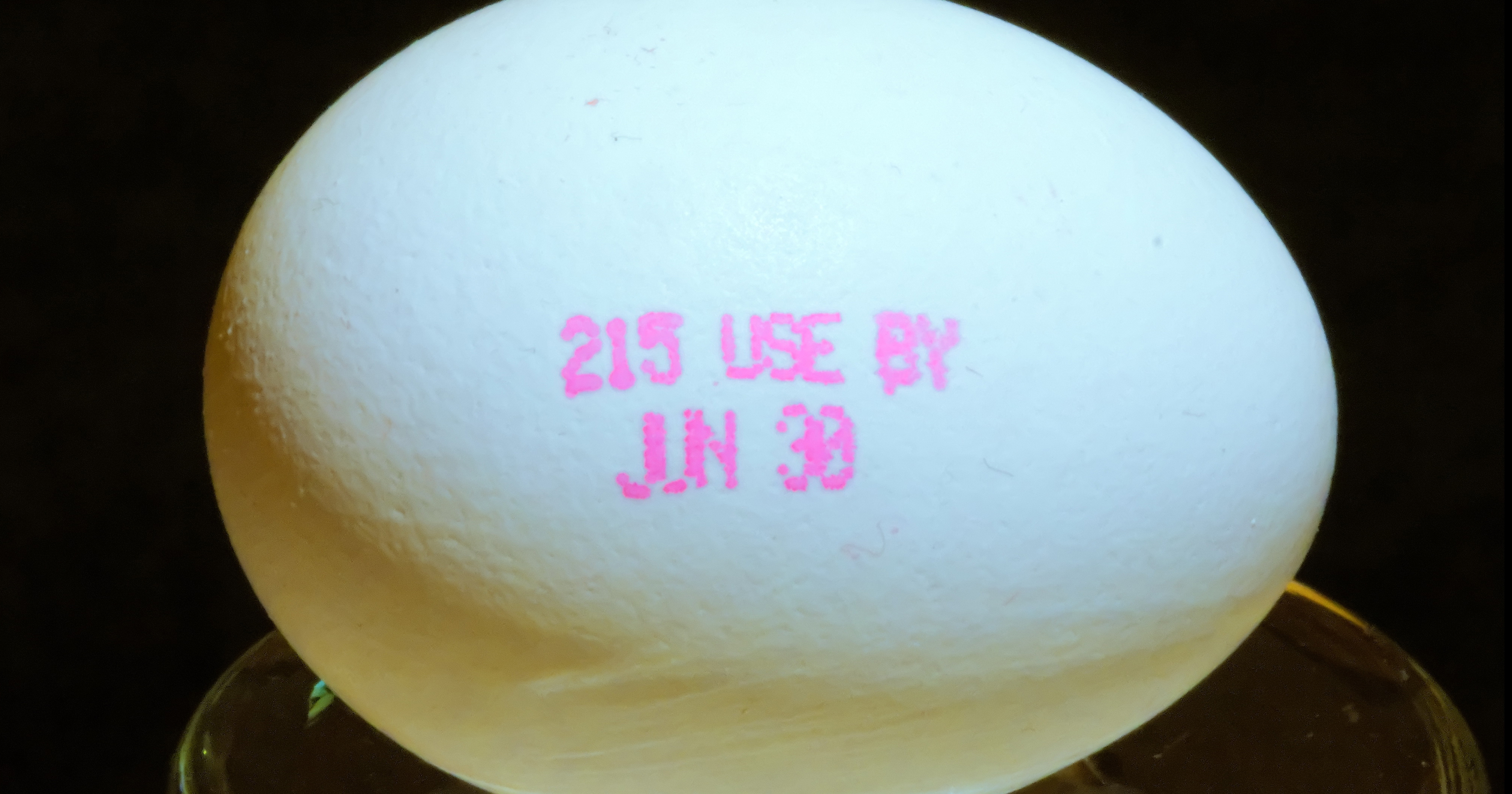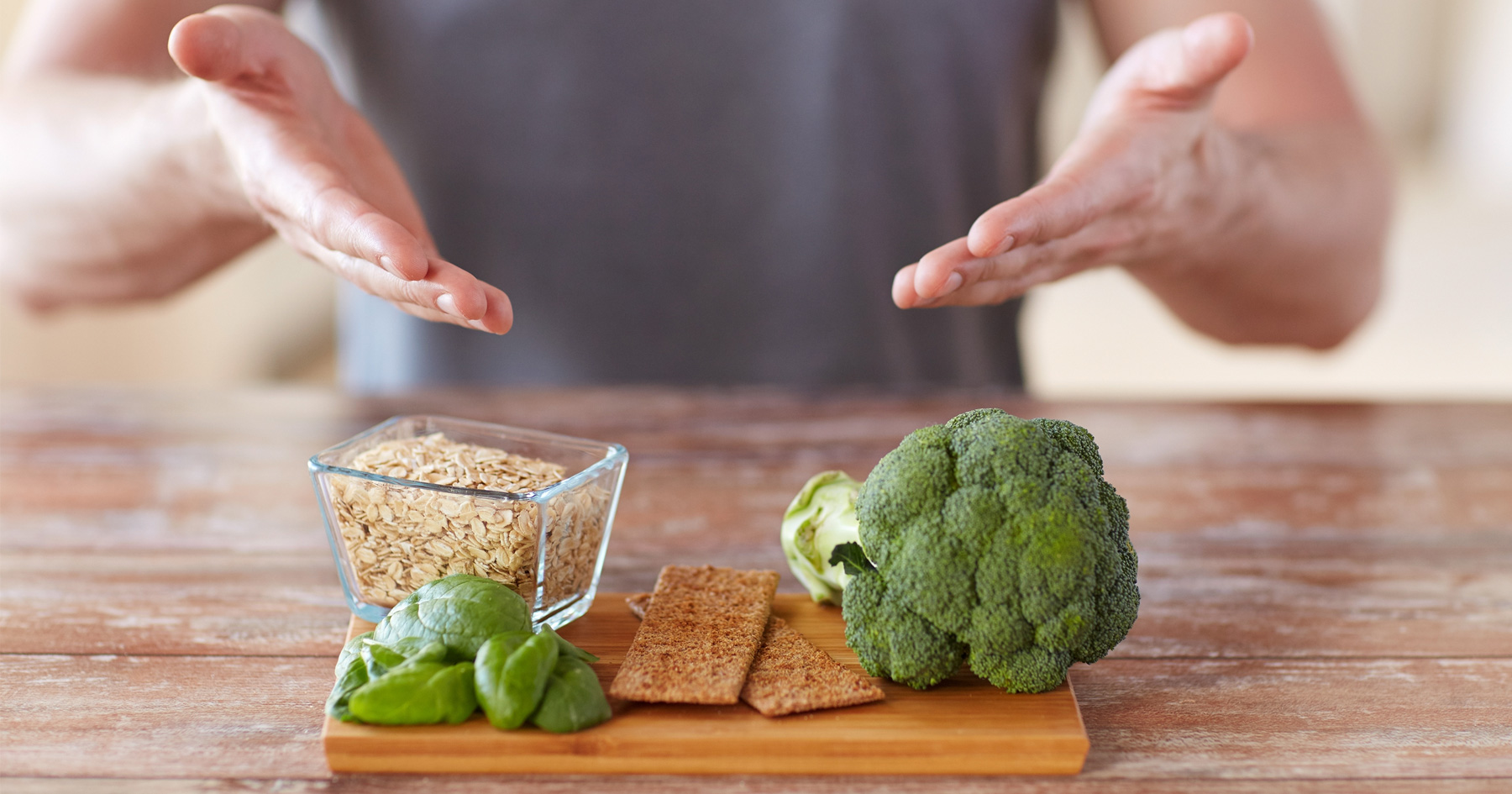The Truth About 'Sell-By' Dates at the Grocery Store
By:
Often, meaningless food expiration dates can actually cause Americans to throw away products that are perfectly edible. This misdirected trend leads to an astonishing $165 billion dollars worth of food that's wasted every year in the U.S. — roughly 40 million tons of food — an amount that has only grown since the 1980s.
RELATED: The Truth About Food Expiration Dates
 Washington Post - washingtonpost.com
Washington Post - washingtonpost.com
To save yourself a bit in your pocketbook each week, however, as well as some strain on the environment from all of that discarded food, you can learn to be a food label reading ninja in order to better determine how long your food actually lasts. ATTN: has already explained some of the mystery behind expiration dates, but what about "sell-by" date? Is it any different?
How to decode the labels
 Flickr / Mark Turnauckas - flickr.com
Flickr / Mark Turnauckas - flickr.com
Looking through your fridge, you might find a variety of labels depending on the product, from "sell-by" dates to "use-by" dates to coded numbers on the bottom of a soup can. Deciding what's safe to eat can be confusing. Do you need to toss the eggs with the "sell-by" date that's two weeks old? (Probably not.) What about the milk? (Very likely.)
The United States Department of Agriculture (USDA) describes four kinds of date labels and gives us the following guidelines to differentiate their meaning:
- "Sell-by" dates: These dates are for grocers and other stores that sell food products. They tell the store how long to display the product for sale. According to the USDA, you "should buy the product before the date expires" but it "is not a safety date."
- "Use-by" dates: While misleading, these dates are also not safety dates. Instead, the USDA says that they are "determined by the manufacturer of the product" to tell you when the product will be at peak quality.
- "Best if used by (or before)" dates: The meaning of these labels is slightly more obvious. They sound like they tell you when the item will be at its best, and these labels do — giving you a date to consume your soda or chips by, for instance, for best flavor or quality. Importantly, though, the USDA notes that these are not purchase or safety dates.
- "Closed or coded" dates: Perhaps the most confusing of all, these are numbers that can look like dates and may represent dates, but they are solely packing number for use by the manufacturer. The date may refer to the time of manufacture.
Other than for infant formula, the only one of these dates required expressly by law is the "closed or coded" date, which is required to help with tracking for interstate commerce and recalls.
The biggest takeaway is that none of these dates necessarily has anything to do with product safety. Even for eggs, which worry so many of us because of the potential for salmonella poisoning, the USDA specifies that "[t]he 'sell-by' date will usually expire [after eggs have been purchased], but the eggs are perfectly safe to use" for 3 to 5 weeks after you bring them home, provided they're stored properly.
Still skeptical?
 dolgachov - bigstockphoto.com
dolgachov - bigstockphoto.com
Most Americans discard between 209 and 254 pounds of edible food per year. I used to be one of these people, tossing out food way too early based on an erroneous understanding of how "sell-by" and other date labels worked. Then, while volunteering on an environmental campaign in Appalachia, I met a group of freegans.
Freeganism is a lifestyle strategy that centers partially around minimizing your consumption of resources. Although not all freegans dumpster dive for food in order to limit waste, this group of freegans did — dumpstering for groceries by choice in order to help offset the costs of feeding the campaign's volunteers.
When I first heard about it, I got an image of someone rummaging through a trash can for half eaten sandwiches and bags of potato chips. But in reality, similar to Americans in their homes, grocery stores toss out large amounts of edible food which is beyond the "sell-by" date. This creates a surprising amount of edible waste, enough that dedicated freegans like Rob Greenfield can cycle across the U.S. and provide for more than 70 percent of their food needs from dumpstered fruit, vegetables, bread, and other products in sealed packaging.
Although my only experience dumpster diving for food by choice was in college with the freegans while traveling the South, I was so shocked by the quantity of good quality produce we were able to obtain that it permanently changed my consumption habits. Watch the video below, which shows some of the bounty that Greenfield is able to pull from the trash largely because of "sell-by" dates, and you may reconsider tossing those eggs out so quickly, too.
